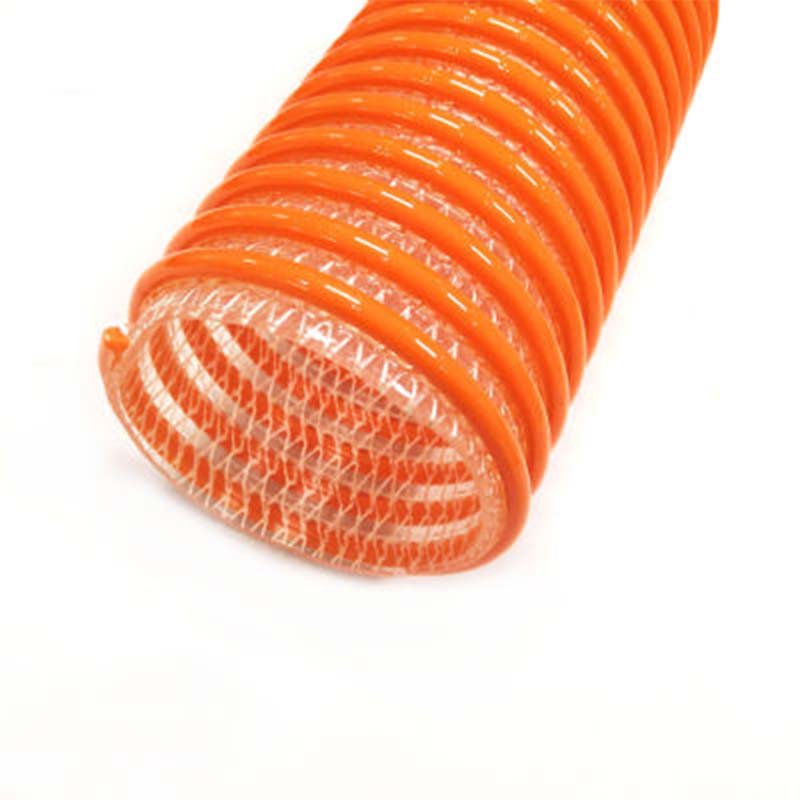Flexible Aluminum Foil Duct Hose for Ventilation and Airflow Applications
The Versatile Applications of Aluminum Foil Duct Hose
Aluminum foil duct hose has become an essential component across various industries, renowned for its durability, flexibility, and heat resistance. This specialized ducting solution is crafted from multiple layers of aluminum foil and often reinforced with a wire helix, making it ideal for several practical applications. From ventilation systems to exhaust applications, aluminum foil duct hose is a critical resource in modern engineering and facilities management.
One of the primary uses of aluminum foil duct hose is in heating, ventilation, and air conditioning (HVAC) systems. Its lightweight nature allows for easy installation and maintenance. Unlike traditional ducting materials, aluminum foil duct hose can easily fit into tight spaces and navigate around corners, providing a seamless flow of air. Its reflective surface also aids in minimizing heat loss, thereby increasing energy efficiency. In HVAC applications, this means homes and buildings can maintain a more stable indoor temperature while using less energy, which is particularly important in regions with extreme temperatures.
In addition to HVAC systems, aluminum foil duct hose excels in various industrial applications. Many manufacturing processes generate heat, smoke, or other airborne contaminants that must be effectively extracted to ensure a safe working environment. Aluminum foil duct hose can efficiently transport fumes, vapors, and hot air away from the source and out of the facility. Its robust construction ensures that it can withstand the rigors of industrial use, while its flexibility allows for easy routing through complex layouts.
Another notable application of aluminum foil duct hose is in the food industry. The hose is often used in environments where hygiene and safety are paramount. The non-toxic nature of aluminum, combined with the hose's ability to withstand high temperatures, makes it suitable for transporting heated air in cooking processes or for fumigation purposes in food storage areas. Moreover, aluminum foil duct hose can easily be cleaned and sanitized, which is crucial for maintaining safety standards in food processing environments.
aluminum foil duct hose

In the realm of automotive applications, aluminum foil duct hose plays a vital role in cooling and exhaust systems. In vehicles, heat generated from the engine must be dissipated efficiently to prevent overheating. Aluminum foil duct hoses can channel cooler air into the engine compartment or direct exhaust fumes away from sensitive components, enhancing the vehicle's performance and longevity. Their lightweight construction also contributes to the overall weight reduction of vehicles, which is a crucial factor in modern automotive design.
Another emerging use for aluminum foil duct hoses is in the realm of renewable energy, particularly in solar heating systems. These hoses can transport heated air from solar collectors to storage areas or directly into living spaces, providing a sustainable heating solution. Their reflective properties help maintain optimal heat levels, making them an eco-friendly choice for energy-conscious consumers.
With the growing trend towards sustainability and efficiency, aluminum foil duct hose is gaining popularity across various sectors. Its versatility, combined with exceptional performance, makes it a go-to choice for engineers and facility managers alike. As industries continue to evolve, we can anticipate further innovations and applications for this indispensable material, ensuring that aluminum foil duct hose remains at the forefront of modern technology.
In conclusion, aluminum foil duct hose is more than just a simple ducting solution; it embodies efficiency, flexibility, and resilience. Its wide-ranging applications—from HVAC systems to food processing, automotive industries, and renewable energy—highlight its significance in promoting safe, effective, and sustainable practices. As we move towards a future that values efficiency and environmental consciousness, the role of aluminum foil duct hoses will undoubtedly expand, reinforcing their position as a cornerstone in both industrial and residential applications.
-
Welded Wire Mesh Panel: Durable, Versatile, and AffordableNewsJul.28,2025
-
Top Quality Oxy Acetylene Hoses for Sale Fit for Welding DemandsNewsJul.28,2025
-
The Future of Pneumatic Air Tubes in IndustryNewsJul.28,2025
-
Superior and Reliable LPG Hose Pipe Solutions for Every NeedNewsJul.28,2025
-
Exceptionally Durable and Versatile Premium Braided PVC TubingNewsJul.28,2025
-
Best Adapters for Connecting Garden Hose to PVC Pipe ConnectionsNewsJul.28,2025














